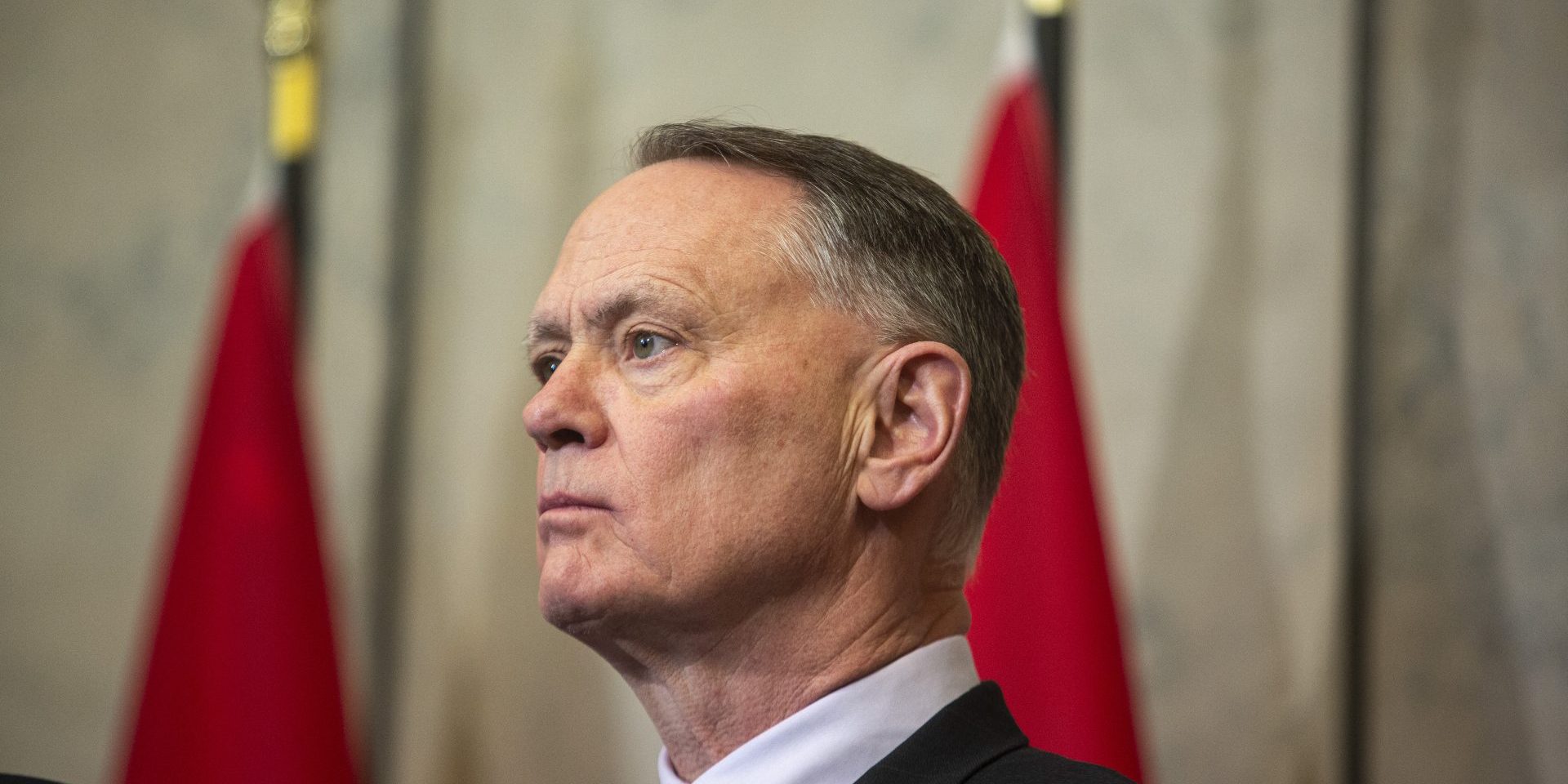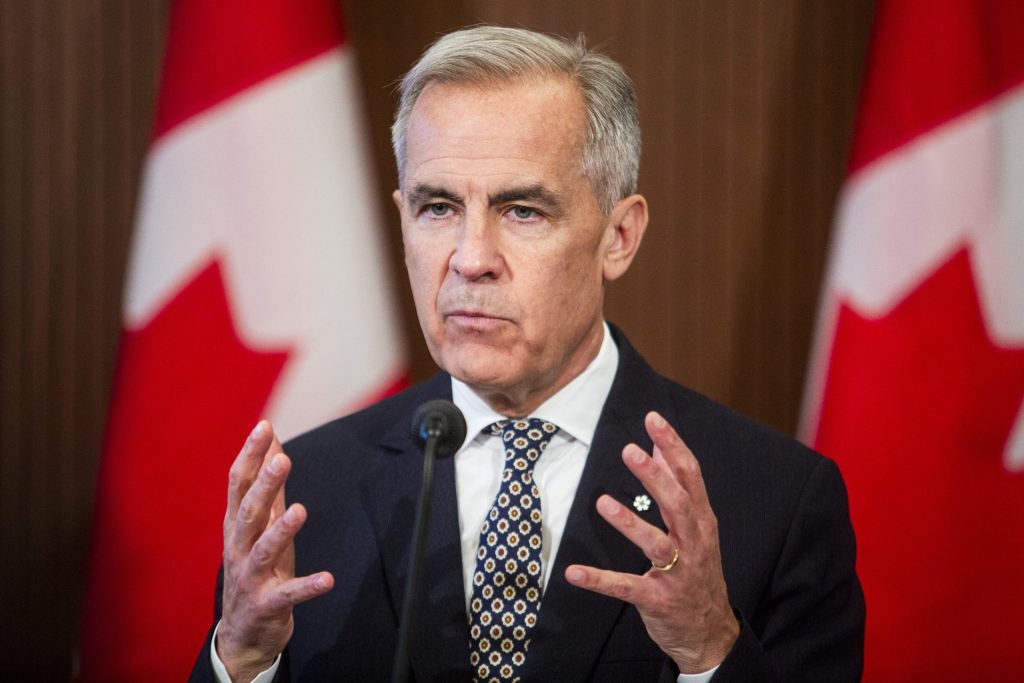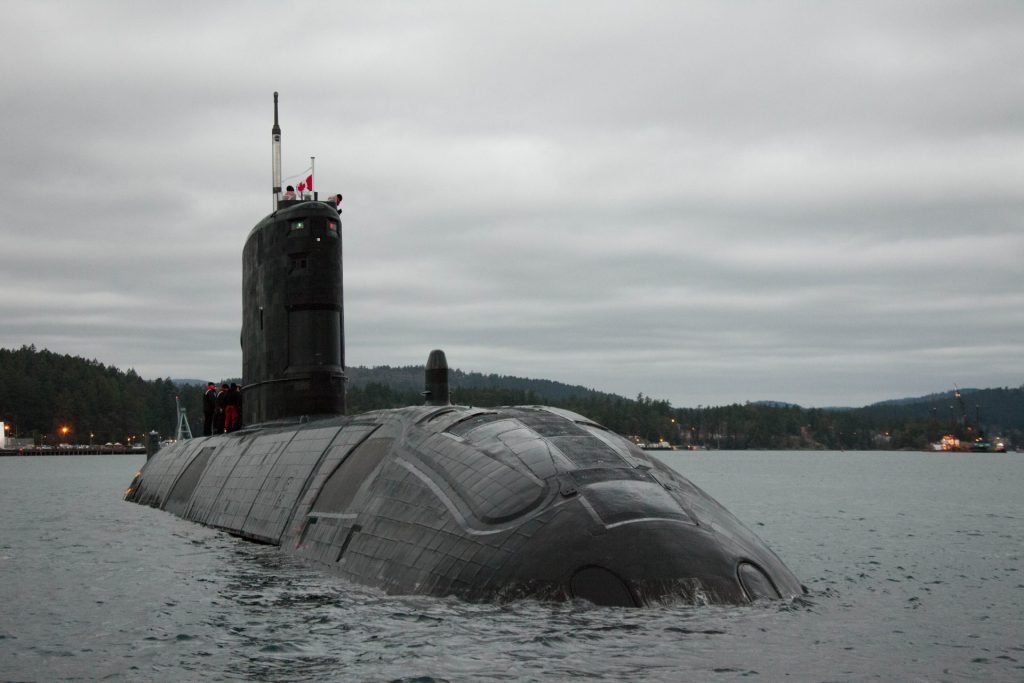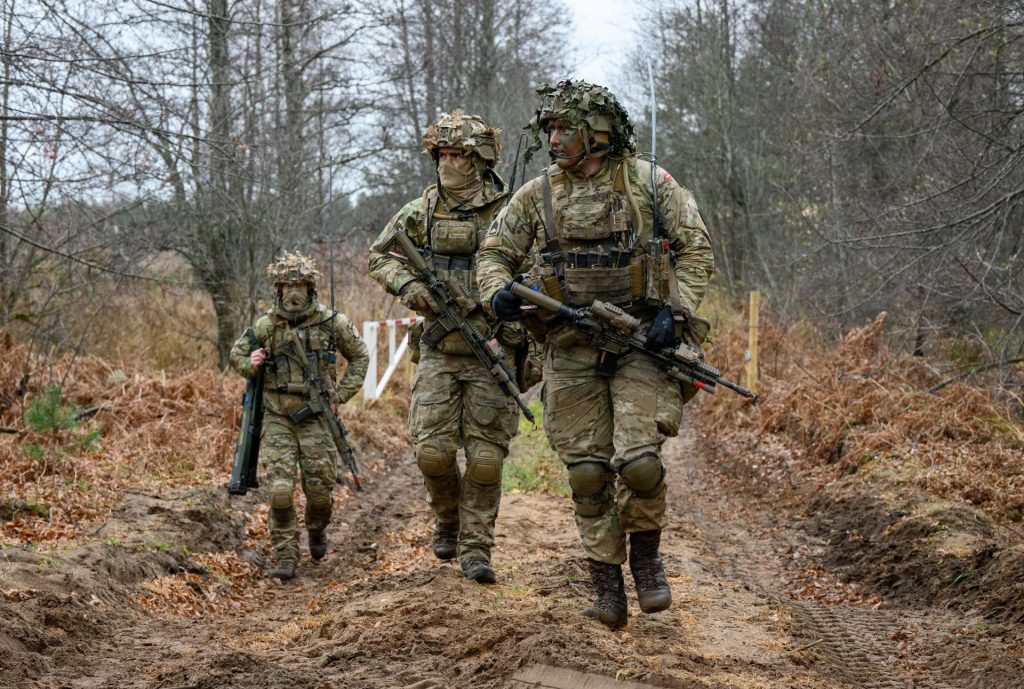New DND plan gives extra seven years to meet army and navy readiness targets, lowers air force aims

Canada’s military is giving itself an additional seven years to meet its army and navy readiness targets, plus an added four years to reach a reduced air force metric, according to a new internal report.
The Department of National Defence (DND) and Canadian Armed Forces’ departmental plans for 2025-26 extend the deadline to reach its targets for the percentage of its land, maritime, and air fleets that are “serviceable to meet training, readiness, and operational requirements” to March 31, 2032. The last departmental plan had set a deadline of March 31, 2025, for the army and navy to reach the same readiness targets.
The target is currently 70 per cent for land and air fleets, and 60 per cent for maritime fleets. The recently tabled departmental plan extends the timeline to reach the air force’s readiness targets from March 31, 2028, to March 31, 2032. At the same time, it also droppfed the air force target from its original 85 per cent.
The departmental plans note that the target dates were revised to “ensure they are realistic and achievable,” noting that meeting the old targets was “not feasible.”
“The new dates are more accurate and align with the department’s long-term strategic objectives and planned defence investments, reflecting a commitment to driving significant improvements,” the report reads.
In the most recent departmental results available—for 2023-24—the targets were missed as only 49 per cent of land and air fleets met the readiness metric, which dropped to 46 per cent for maritime.

The department also is giving itself a 2032 deadline to reach targets for the readiness percentage to fulfill its “core concurrent mission set,” which includes its NATO and NORAD commitments, as well as its increased presence in the Indo-Pacific and its domestic operations, such as combatting wildfires and addressing Arctic sovereignty. The old target was 2025 to reach “at least” 90 per cent readiness. The last results for 2023-24 were 29 per cent.
That same change was made for the percentage of “force elements that are ready for operations in accordance with established targets.” The target is also “at least” 90 per cent and the last results were 67 per cent for 2023-24.
Former vice-chief of the defence staff Mark Norman said in drafting plans there is tension between painting an optimistic portrait of the state of affairs for the military versus the reality.
He said that has seemingly shifted in the latest plans, with a recognition of the “dire state of affairs that the military has been trying to communicate for a long time.”
“We’ve now reached a point where you can’t deny it or pretend that it’s not the case anymore,” Norman said. “The political leadership has recognized that this is a problem and the machinery of government has now recognized that this is clearly a problem.”
Norman said that readiness in its simplest terms boils down to the number and availability of personnel and the number and availability of equipment, combined with training with the needed equipment and the level of ability to be immediately deployed. At any given time, the entirety of the fleet won’t be at the same level of readiness, with some the highest level of readiness being among those that are actively deployed, and the lowest being those that are used for parts and systems for equipment to sustain those in the highest level, or that are in use for training.
“We have risk managed ourselves into a crisis,” he said, remarking that Canada hasn’t properly invested in maintaining sufficient spare parts for its fleets.
He described the state of affairs as “shockingly stark,” but noted that it doesn’t surprise him. He said that between personnel and equipment challenges, the military is operating on a “suboptimal level.”
DND spokesperson Andrée-Anne Poulin said the new target dates “provide focus” to “transform defence processes” and “modernize” the equipment of the Canadian military.
She said the revised dates and reporting metrics don’t change the military’s ability to perform concurrent operations, noting that the Armed Forces have been “conducting multiple concurrent operations to the maximum extent possible and based on government demand.”
Poulin said the recent announcements and investments in the military will lead to reaching the targets outlined in the department’s plan.
“Corporate performance measures serve as objective evidence for the departmental plans and departmental results reports,” she said. “It is important to align target dates with policy and strategy to validate they are realistically achievable, and that they accurately reflect performance and resource requirements.”
She said that “more advanced tools” are being used to measure the readiness and posture of the Armed Forces.
Canadian military at its limit
The departmental plans paint a bleak picture of the state of the Canadian military in the near term with little room to perform additional roles beyond those with which it is currently tasked.
It shows that the Canadian Army is at its “force generation sustainability limit,” as Canada’s commitment to the Latvia mission on NATO’s eastern flank takes up 65 to 80 per cent of the army’s “sustainable deployment capacity.”
For the Canadian Navy, until more new ships start arriving to be incorporated into the maritime fleet, it will have to rely on increasingly aging vessels.
“The degradation in material readiness of the aging platforms within the existing fleet will present a significant challenge to maintaining that operational readiness,” the 2025-26 plans state.
The Royal Canadian Air Force has personnel shortages for technicians and aircrew that are affecting both readiness and the serviceability of aircraft.

Norman said that the capacity issues will lead the military to having to make “very careful, cautious, and deliberate” decisions in how it will use its forces.
“The system is very fragile and they will continue to favour internal priorities in order to achieve those long-term force generation targets,” he said. “That means the government has very limited options both for what I would characterize as discretionary activity or non-discretionary activity.”
He said a discretionary activity like contributing to a United Nations peacekeeping mission is becoming much harder to support, while non-discretionary activities would include the defence of Canada.
Norman said Canada has been sending the right messages and making the right investments, but that changes will take time.
The Liberal government has committed to hitting the NATO target of spending two per cent of its GDP on defence by the end of the fiscal year, which includes more than $9-billion in funds for 2025-26. It also recently committed to increasing that target to five per cent by 2035.
“We cannot deny we are where we are, and there are no quick fixes to these problems,” Norman said.
Personnel and equipment problems collide
Defence expert Charlotte Duval-Lantoine, a Canadian Global Affairs Institute vice-president, said the meagre readiness levels represent a collision of crises—recruitment and retention, combined with equipment and procurement.
She said there is a need to have the right equipment, but also the needed personnel to maintain it, as well as the crew to be deployed on the missions it is tasked.
“It becomes a vicious circle when you are lacking people, but you also have aging equipment,” she said. “This is where it collides.”
The 2025-26 plans gives the military an additional year to meet its target of filling “at least” 95 per cent of its regular force by March 31, 2027. The target in the 2024-25 plans was March 31, 2026. The results for 2023-24 indicated it was at 89 per cent.
To fill “at least” 95 per cent of its reserve force, the target has been pushed from 2026 to 2032. The 2023-24 results were 78 per cent.
The April 2024 defence policy update listed 2032 as the time frame to restore the military to its authorized size of 101,500.

The target date to address critical shortfalls in occupations was also extended seven years. The target of “at most” five per cent was listed as 2025 in the 2024-25 plan, but is now 2032. The 2023-24 result was 73 per cent.
Duval-Lantoine said it is a positive thing that the military is taking a more “honest” and “realistic” approach to its targets.
“It’s being realistic with its ability—or inability—to meet certain targets,” she said, but noted that there is still a possibility by 2032 that it won’t reach its target given the “abysmal” conditions in which the military finds itself.
“Even if the target is more realistic by pushing it down the line, it is still a big hill to climb,” she said.
She remarked that the two big questions that will need to be answered is whether DND can reach the target by 2032, and if it doesn’t, whether it will be held accountable.
Macdonald-Laurier Institute senior fellow Richard Shimooka said the previous 2024-25 plans were not at all realistic.
He said the current plan is “probably more realistic,” but noted that there are still aspects of it that DND could be unlikely to achieve as some solutions require a decade-long process to fix, such as with critical shortfalls in occupations.
Shimooka said going forward, the military has very little capability in the near term, noting the age of the military’s equipment.
“It needed to be replaced at least 10 years ago, if not 15 to 20 in some cases,” he said.
Editor’s Note: This story was updated at 1:08 p.m. on July 2 to include new comment from DND spokesperson Andrée-Anne Poulin.
nmoss@hilltimes.com
The Hill Times






 LICENSING
LICENSING PODCAST
PODCAST ALERTS
ALERTS













